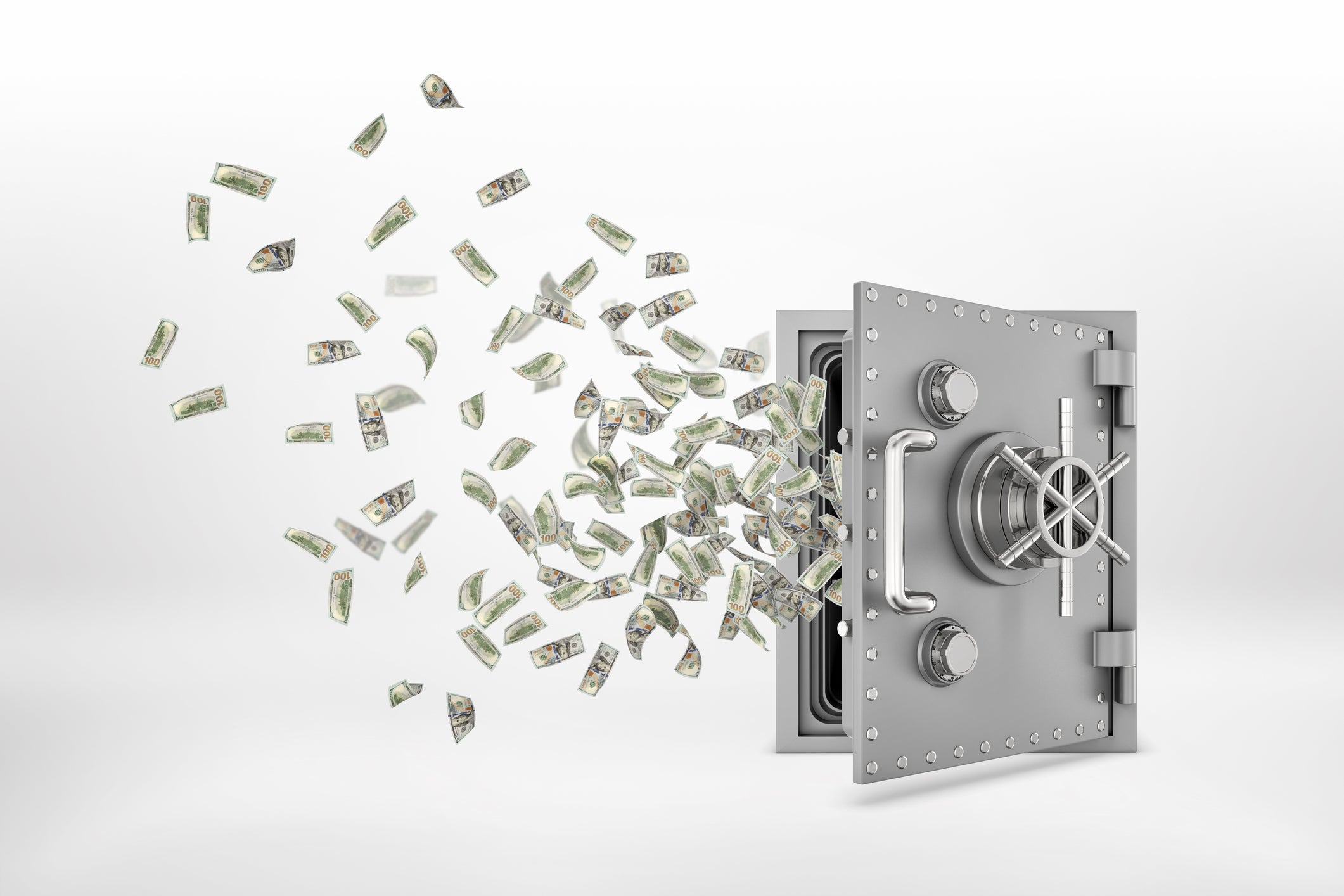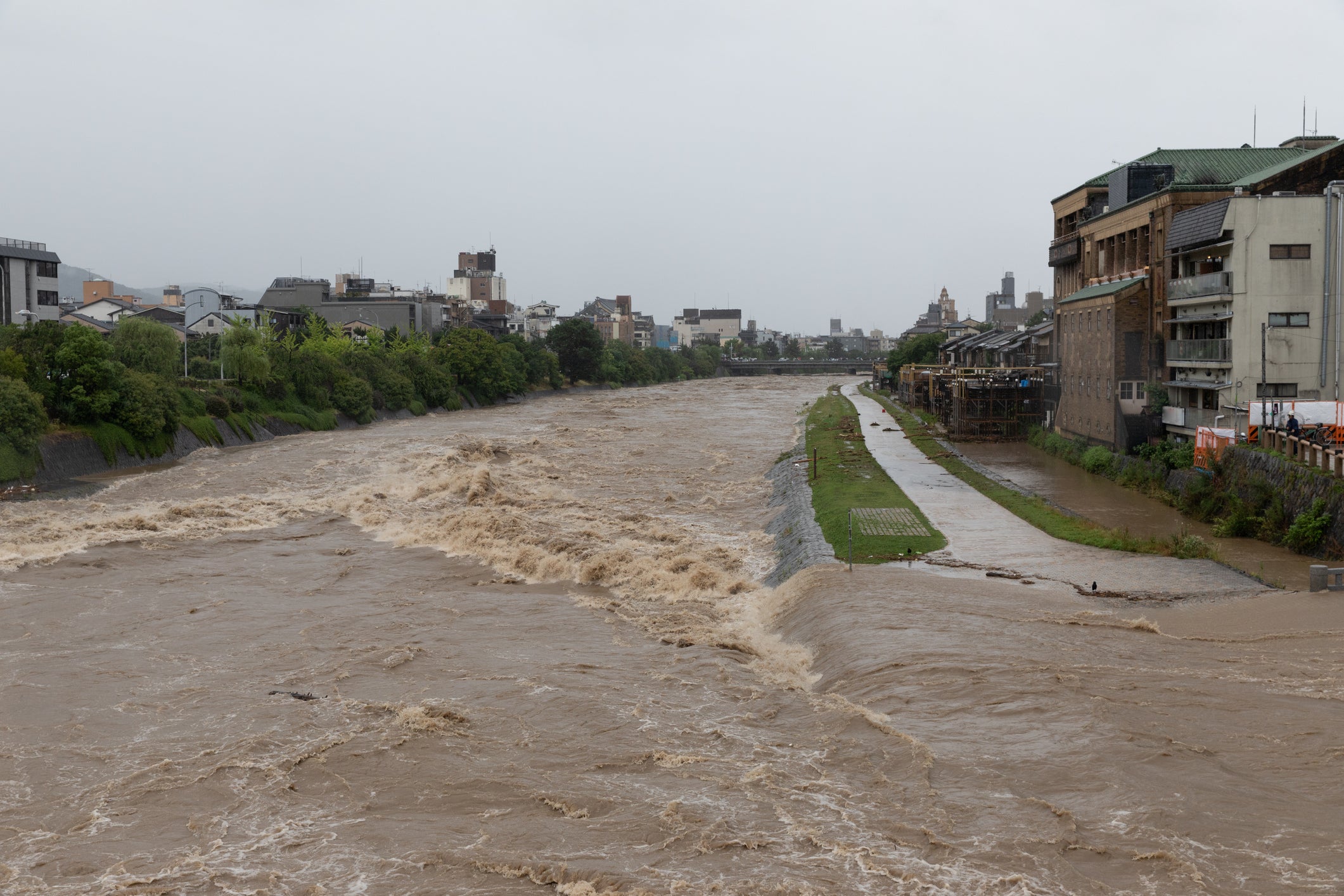Live a safe life with a rolling stock of disaster prevention goods
Introduction
1.Replenish disaster prevention goods regularly
2. Points to note when rolling stock of disaster prevention goods
3. Points to note when rolling stock of disaster prevention goods
summary
Introduction
Japan is a country prone to natural disasters such as earthquakes and typhoons. In order to prepare for disasters, it is important to prepare disaster prevention goods. However, if you buy disaster prevention goods and leave them unattended, they may expire, deteriorate, or forget how to use them. Therefore, we recommend a rolling stock of disaster prevention goods.
Rolling stock refers to using and consuming disaster prevention goods in daily life and replenishing them regularly. The advantages of this method are as follows.
Disaster prevention goods are always fresh and ready for use.
Be able to remember how to use and locate disaster prevention goods.
Able to calmly deal with disasters without panicking.
It can reduce costs and waste in daily life.
In this article, we will introduce methods and precautions for rolling stock of disaster prevention goods.
Make a list of necessary disaster prevention goods
First, consider the number and characteristics of you and your family, the area you live in, the condition of the building, etc., and make a list of the disaster prevention goods you need. Generally, it can be divided into the following categories:
①Food/water
② Sanitary supplies/medical supplies
③Heating/lighting/communications
④Cold protection/clothing/bedding
⑤Disaster prevention helmet, gloves, mask
⑥Emergency bag/storage container
⑦Radio, flashlight, whistle
⑧Knife, scissors, can opener
⑨Fire starter/cooking utensils
⑩Map, writing utensils, valuables
From these, choose the ones that are essential or have a high priority for you. Also, if there is a best-before or use-by date, be sure to record the date.
1. Make disaster prevention goods usable in daily life
Next, try the following ways to use disaster prevention goods in your daily life.
1-1 Food and water
Prepare the same food and water that you would normally eat and drink. For example, retort food, canned food, plastic bottles, and water bottles. These can be used for daily meals, snacks, and as a carry-on when going out. It is also a good idea to choose items that have a long shelf life and are easy to carry.
1-2 Sanitary supplies and medical supplies
Prepare the same sanitary and medical supplies that you normally use. Examples include toothbrushes, toothpaste, tissues, wet tissues, bandages, and disinfectants. These can be used for daily grooming or as first aid for injuries. It is also a good idea to choose the one that suits your personal health and allergies.
1-3 Heating/Lighting/Communication
Prepare the same heating, lighting, and communication equipment that you normally use. Examples include warmers, blankets, cell phones and chargers, radios and flashlights. These can be used for warmth, brightness, and information gathering in everyday life. It's also a good idea to have an emergency one, such as a battery-powered or solar-powered one.
1-4 Cold protection/clothing/bedding
Prepare cold protection, clothing, and bedding that are the same as what you normally wear. For example, jackets and sweaters, underwear and socks, towels and sheets, etc. These can be used as daily clothes and laundry. It is also a good idea to choose what you need according to the season.
1-5 Disaster prevention helmet, gloves, mask
Prepare the same disaster prevention helmet, gloves, and mask that you normally carry. For example, bicycle helmets, work gloves, and masks to prevent hay fever. These can be used for everyday safety and hygiene. You should also pay attention to the size and material when choosing.
1-6 Emergency bag/storage container
Prepare emergency bags and storage containers that are the same as those you normally use. Examples include backpacks, tote bags, plastic boxes, and ziplock bags. These can be used for everyday luggage and organization. It is also a good idea to choose one that is lightweight, durable, and waterproof.
1-7 Radio, flashlight, whistle
Prepare the same radio, flashlight, and whistle that you usually carry. Examples include a radio for listening to music, a flashlight for use in the dark, and a whistle for playing with. These can be used for everyday fun and convenience. It is also a good idea to choose one that is small, bright, and easy to ring.
1-8 knife, scissors, can opener
Knives, scissors, and can openers are tools for cutting and opening food and other objects. By using knives, scissors, and can openers, you can do tasks such as eating and crafting. It can be used for everyday cooking and crafts. They also come in a variety of sizes and shapes, so you can choose the one that best suits your needs.
1-9 Fire starter/cooking utensils
Fire starters and cooking utensils are tools for starting fires and cooking food. By starting a fire and using cooking utensils, you can ensure warmth and food. It can be used for everyday heating and cooking. There are also a variety of types and functions, so you can choose one that suits your needs.
1-10 Maps, writing utensils, valuables
Maps, writing utensils, and valuables are used to manage information and assets. By using maps, writing utensils, and valuables, you can check your current location and destination, record notes and contacts, and store money and ID cards. It can be used for daily information gathering, recording, and storage. Also, there are various types and shapes, so you can choose according to your purpose.
2.Replenish disaster prevention goods regularly
Naturally, as you use disaster prevention goods in your daily life, the amount will decrease. Therefore, it is necessary to replenish it regularly. The following is a guideline for when to replenish.
2-1 Food and water
Replenish your food and water supplies as they approach their expiry date or use-by date. It also changes depending on the season and temperature, so be sure to check carefully. Generally, it is a good idea to replenish it about once every 3 to 6 months.
2-2 Sanitary supplies and medical supplies
Replenish sanitary and medical supplies according to frequency of use and level of wear and tear. In addition, the effects and efficacy may change, or side effects may occur, so be sure to check carefully. Generally, it is a good idea to replenish it about once every 1 to 3 months.
2-3 Heating/Lighting/Communication
Replenish heating, lighting, and communications according to the remaining battery level and charging status. Also, check that there are no malfunctions or damages. Generally, it is a good idea to replenish at a pace of once a week to once a month.
2-4 Cold protection/clothing/bedding
Replenish cold protection, clothing, and bedding depending on whether they are dirty or torn. It also changes depending on the season and temperature, so be sure to check carefully. Generally, it is a good idea to replenish it about once every 1 to 3 months.
2-5 Disaster prevention helmet, gloves, mask
Restock disaster prevention helmets, gloves, and masks depending on the shape and size. Also, check for deterioration or damage. Generally speaking, it is a good idea to replenish it about once every 6 months to once a year.
2-6 Emergency bag/storage container
Replenish emergency bags and storage containers depending on their capacity and weight. Also, check if it is waterproof and durable. Generally speaking, it is a good idea to replenish it about once every 6 months to once a year.
2-7Radio , flashlight, whistle
Replenish radios, flashlights, and whistles depending on whether the sound and light are sufficient. Also, check that there are no malfunctions or damages. Generally, it is a good idea to replenish at a pace of once a week to once a month.
2-8 knife, scissors, can opener
Replenish knives, scissors, and can openers depending on their blades and whether they operate smoothly. Also, check that there is no rust or dirt. Generally, it is a good idea to replenish it about once every 1 to 3 months.
2-9 Fire starter/cooking utensils
Replenish fire starters and cooking utensils depending on whether you have enough fuel and materials. Also, check whether it is safe and functional. Generally, it is a good idea to replenish it about once every 3 to 6 months.
3-10 Maps, writing utensils, valuables
Replenish maps, writing utensils, and valuables according to the latest information and situation. Also, make sure there is no risk of loss or theft. Generally speaking, it is a good idea to replenish it about once every 6 months to once a year.
When replenishing items, it is important to check the inventory before purchasing, and to record the expiry date and quantity after purchasing. Also, when it comes to replenishing items, it is a good idea to choose items that you like and are easy to use. By doing so, you can continue to enjoy rolling stock of disaster prevention goods.
4. Points to note when rolling stock of disaster prevention goods
You can prepare for disasters by keeping a rolling stock of disaster prevention goods that you can use in your daily life. However, there are some points to note:
① If you use disaster prevention goods in your daily life, you may run out of them in the event of a disaster. Therefore, it is necessary to always have a certain amount or more in stock. It is also important to keep it in an emergency bag so that you can take it out immediately in the event of a disaster.
② By using disaster prevention goods in daily life, there is a possibility that items that cannot be used in the event of a disaster may become mixed up. Therefore, it is necessary to clearly distinguish between daily use and emergency use. It is also important to know how to check if the item can be used in the event of a disaster.
③If you use disaster prevention goods in your daily life, you may not be able to use them properly in the event of a disaster. Therefore, it is necessary to regularly check the usage and precautions, and to conduct training. It is also important to attach manuals and labels to the equipment so that it can be used properly in the event of a disaster.
By keeping these points in mind and stocking up on disaster prevention goods, you can live a safe life.
summary
Japan is a country that experiences many natural disasters. In order to prepare for disasters, it is important to prepare disaster prevention goods. However, if you buy disaster prevention goods and leave them unattended, they may expire, deteriorate, or forget how to use them. Therefore, we recommend a rolling stock of disaster prevention goods. Rolling stock refers to using and consuming disaster prevention goods in daily life and replenishing them regularly. The advantages of this method are as follows.
1. Disaster prevention goods are always fresh and ready for use.
2. Be able to remember how to use and locate disaster prevention goods
・Able to calmly deal with disasters without panicking
・You can reduce costs and waste in daily life
Rolling stock is easy, waste-free, and allows you to live a secure life. Please give it a try.








